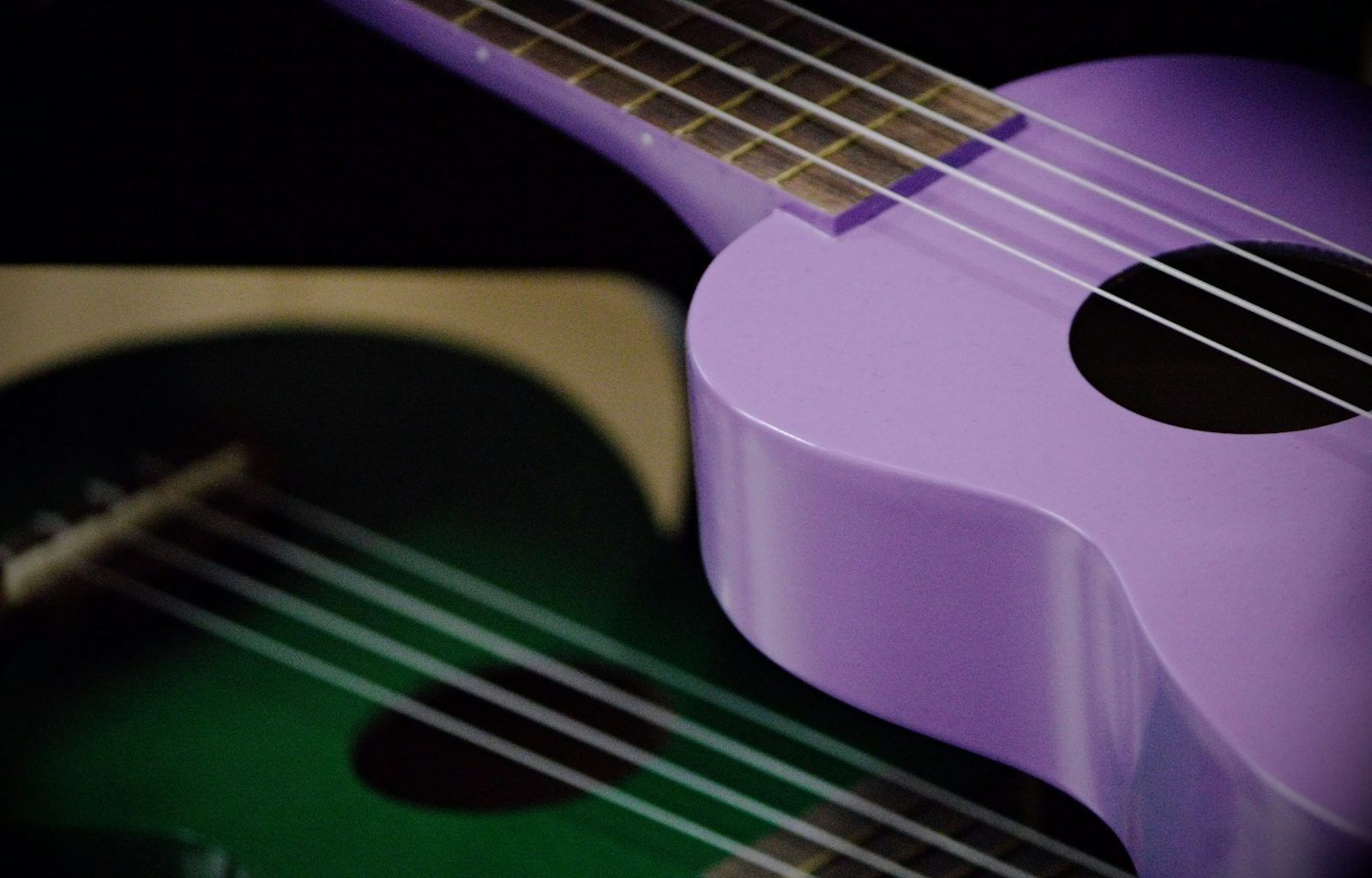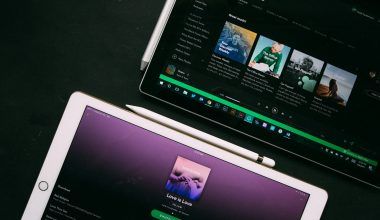Getting your music out into the world is one of the most exciting parts of being an independent artist. Apple Music is one of the most popular platforms for sharing your songs, and it can help you reach millions of listeners around the globe. But how do you get started? Don’t worry—we’ll walk you through everything you need to know about distributing your music on Apple Music as an independent artist.
Why Choose Apple Music?
Apple Music is a massive platform with over 100 million songs and millions of subscribers worldwide. As an independent artist, having your music available on such a platform boosts your visibility and credibility. It’s not just about getting your music out there; it’s about making sure the right people hear it.
Step 1: Understand What Distribution Means
First things first, let’s talk about what music distribution is. In simple terms, distribution is the process of getting your music onto platforms like Apple Music, Spotify, and others. These distributors ensure your music meets the technical requirements for each platform and collect royalties on your behalf.
Step 2: Choose the Right Music Distributor
Not all distributors are created equal, and choosing the right one is crucial. Popular options include Tunecore, DistroKid, and Delivermytune. Each has its own pricing structure and services, so take some time to compare them. For example, some distributors charge an annual fee, while others take a percentage of your royalties. Look for a distributor that offers access to Apple Music and other major streaming services.
Step 3: Prepare Your Music for Upload
Before you can distribute your music, you need to ensure it’s ready. This means:
- High-Quality Audio: Apple Music requires your songs to be in specific formats, such as WAV or FLAC files, to ensure the best sound quality.
- Metadata: This includes your song titles, album name, artist name, and other details. Metadata helps your music appear in search results and ensures listeners can find your work.
- Album Art: Eye-catching cover art can make a huge difference. Make sure your artwork meets Apple’s guidelines, including the right dimensions and no copyrighted material.
Step 4: Set Up Your Apple Music for Artists Account
Once your music is distributed, you can claim your Apple Music for Artists account. This dashboard gives you valuable insights into how your music is performing, including data on streams, purchases, and listener demographics. You can also use this platform to personalize your artist profile, adding photos, a bio, and links to your social media accounts.
Step 5: Promote Your Music
Getting your music on Apple Music is only half the battle. Promotion is key to reaching more listeners. Here are some tips:
- Leverage Social Media: Share snippets of your songs, behind-the-scenes content, and links to your Apple Music profile.
- Pitch to Playlists: Reach out to curators of Apple Music playlists that align with your genre. Being featured on a popular playlist can skyrocket your streams.
- Collaborate: Partner with other independent artists to cross-promote each other’s music.
Why Being an Independent Artist is an Advantage
While being independent means you don’t have a record label to back you, it also gives you full control over your music. You decide how it’s marketed, where it’s distributed, and how your brand is presented. Platforms like Apple Music level the playing field, giving you the same opportunities as major-label artists to reach listeners.
Understanding Royalties on Apple Music
Royalties are the payments you receive whenever someone streams or downloads your music. Apple Music pays artists based on the number of streams their songs receive. Your distributor will typically collect these royalties and send them to you. Keep track of your earnings through your distributor’s dashboard and Apple Music for Artists.
Common Mistakes to Avoid
To maximize your success on Apple Music, steer clear of these common pitfalls:
- Skipping Metadata: Incomplete or incorrect metadata can make it harder for listeners to find your music.
- Ignoring Quality: Low-quality audio or artwork can turn potential fans away.
- Neglecting Promotion: Even the best songs need a push to gain traction.
- Overlooking Analytics: Use the data from Apple Music for Artists to understand what’s working and what’s not.
Final Thoughts
Distributing your music on Apple Music as an independent artist is a straightforward process, but it requires careful planning and effort. By choosing the right distributor, preparing your music properly, and promoting it effectively, you can connect with listeners around the world. Take advantage of the tools available, and remember—success doesn’t happen overnight, but every step you take brings you closer to your goals.
Start today, and who knows? Your music could be the next big hit on Apple Music.
Related Articles:
For further reading, explore these related articles:
- How to Release Your Track on YouTube as an Independent Artist
- How to Release Your Track on YouTube Without a Distributor
For additional resources on music marketing and distribution, visit DMT RECORDS PRIVATE LIMITED.






